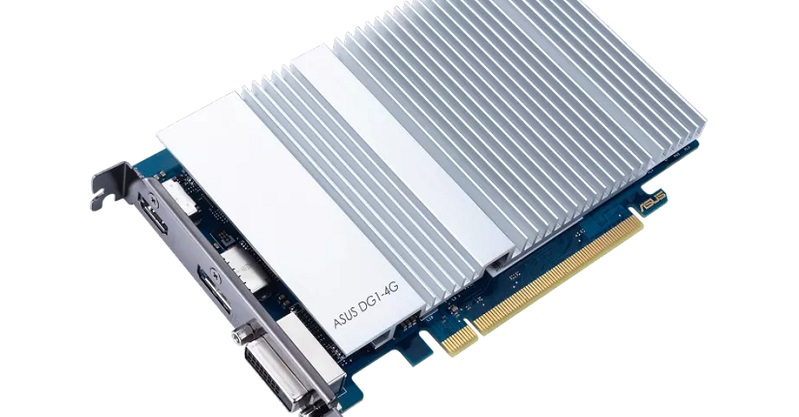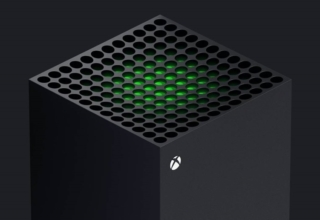
This might be heresy to say on a site with many dedicated gamers, but not all graphics are about gaming. (Yes, I can feel your death-stares stabbing me in my back). Intel knows this, which is why last year they released their Iris Xe Max graphics cards for laptops to go along with the Xe Integrated graphics cards they have been developing as part of their CPUs, to allow for better graphics performance, multi-display support, and improved hardware acceleration for certain codecs.
All of these have added a lot of benefit to business users who need this better graphical performance without the needed for the expensive latest and greatest gaming GPUs. After all, those Excel graphs don’t just power themselves.
Now Intel has launched its new Iris Xe desktop graphics cards (as reported in The Verge), which the company is teaming up with its partners to sell as part of prebuilt systems. The new cards will include three 4K display outputs for multiple monitors, alongside HDR support and AI capabilities. The cards will also offer support for decoding AV1 content and have 4GB of video memory and 80 execution units, which combined with Adaptive-Sync Support, should offer up a smoother experience and higher refresh rates.

These cards aren’t going to compete with the latest graphical powerhouses from Nvidia and AMD and if you’re a gamer, you will want to get those instead. However, if all you need is for your machine to perform better at its intended job across all three of your monitors (because let’s face it, two is just not quite enough) and don’t want to sell off your organs for it, then these option from Intel are certainly worth it, though it’s not clear how much they will set us back when they do release locally.
Intel is reportedly working on a more powerful Xe-HPG architecture of graphics cars which are more designed for the gaming market, so they are definitely still looking to step up in that department. Though given how great the latest Nvidia and AMD cards are, it’s hard to imagine Intel being able to compete in this space anytime soon. More competition is always welcome though.
Last Updated: January 28, 2021




















